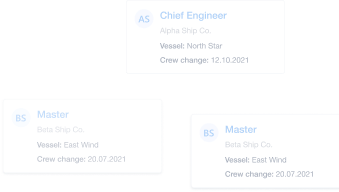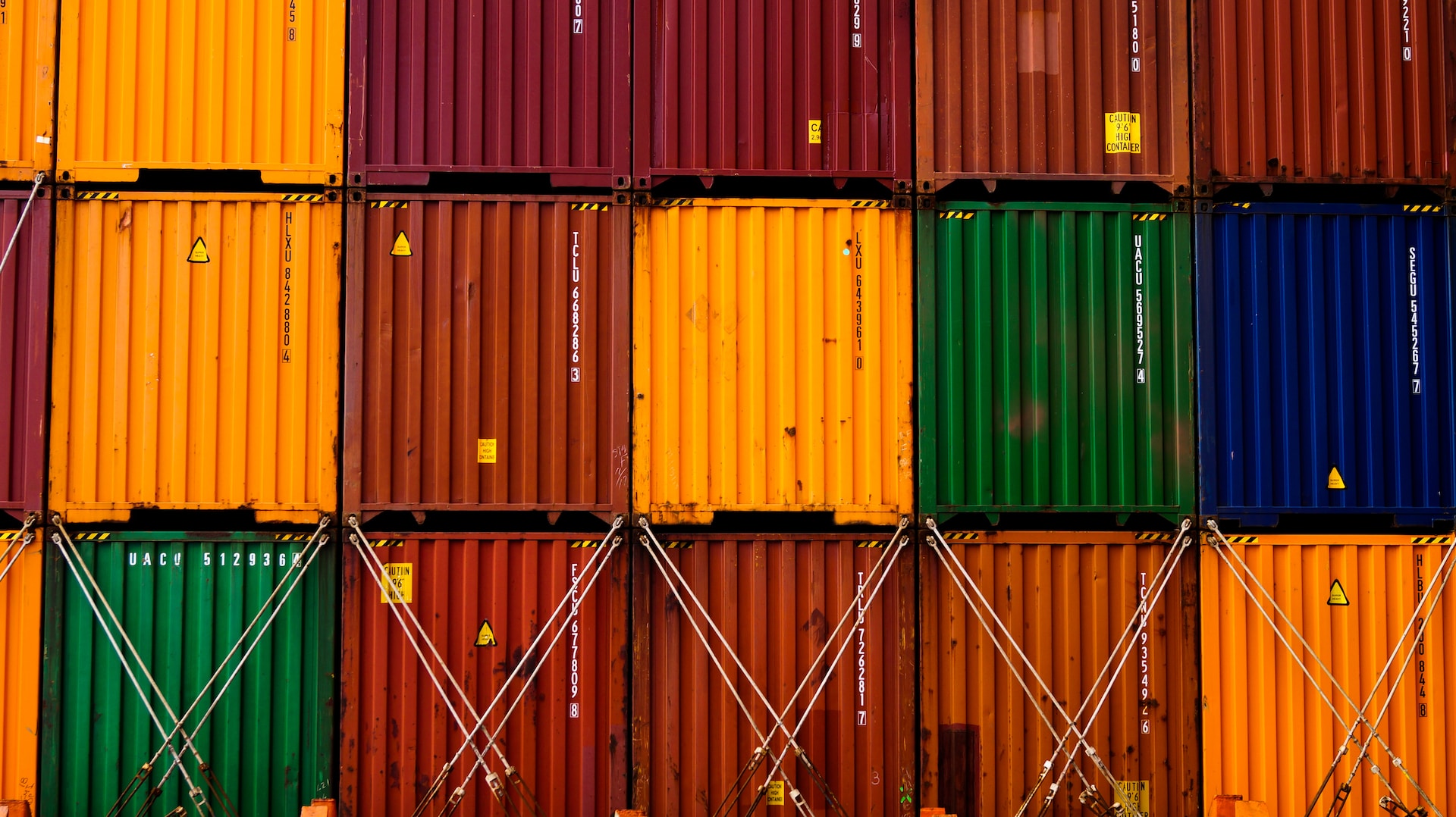What Are Shipping Alliances in the Maritime Industry?
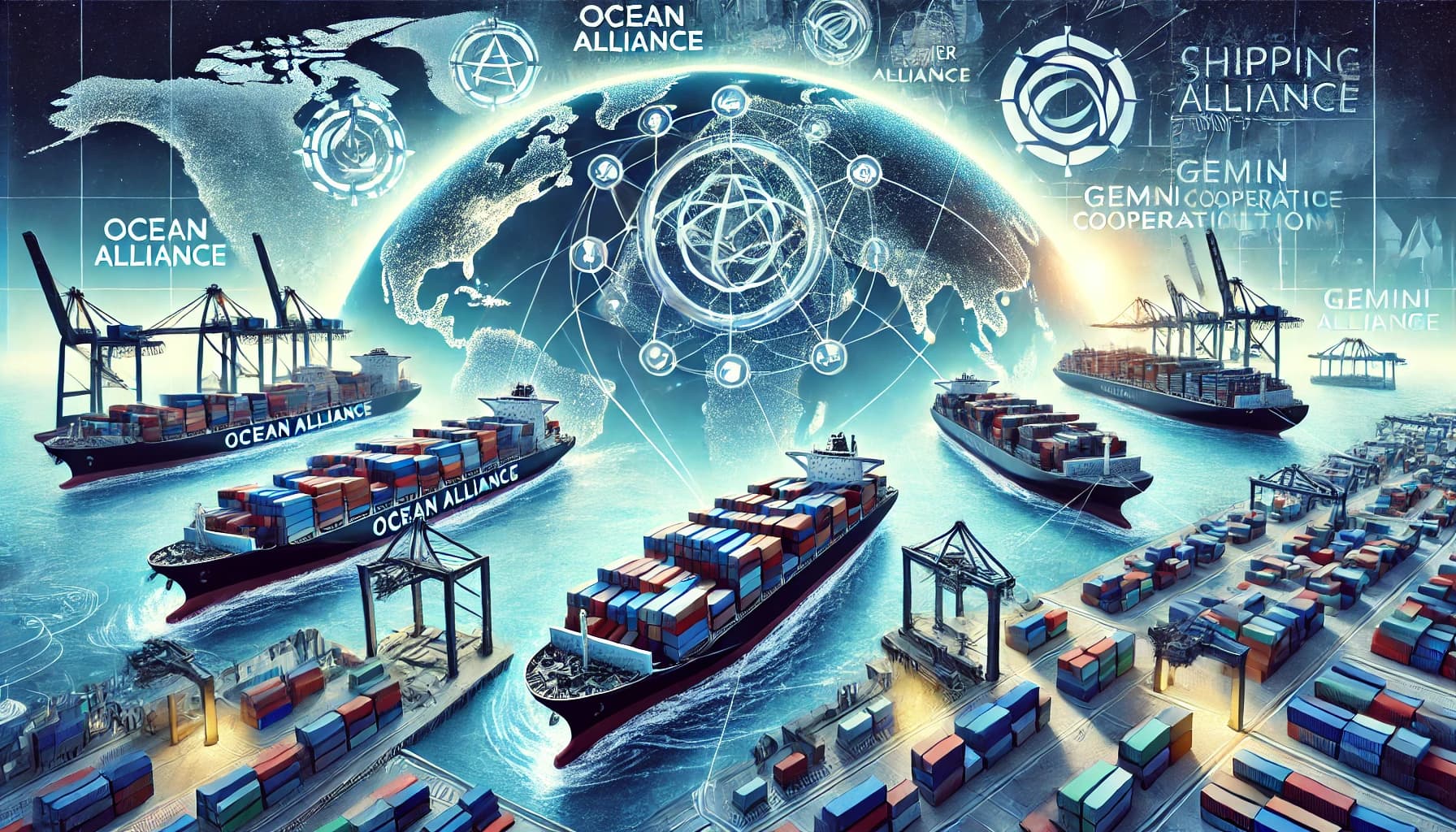
Ever wondered what a shipping alliance is? We’re glad you asked, as that is precisely the question that this blog post aims to answer!
In the globalized world of commerce, shipping alliances play a crucial role in ensuring the smooth and efficient transport of goods across international waters. These strategic partnerships between major shipping companies enable carriers to optimize operations, reduce costs, and enhance service reliability.
Carry on reading to find out more about what a shipping alliance is, the benefits of shipping alliances, the typical customers who rely on these partnerships, who the main shipping alliances are, and other insights about their impact on the maritime industry.
What is a shipping alliance?
A shipping alliance is a cooperative agreement between multiple container shipping companies to share resources, vessel space, and operational routes while maintaining their independent identities. These alliances allow carriers to offer wider service coverage, improved frequency, and better cost efficiency without having to expand their fleets significantly.
Shipping alliances primarily focus on major global trade lanes, such as the Asia-Europe, Trans-Pacific, and Trans-Atlantic routes. By pooling their resources, alliance members can create extensive and efficient shipping networks, reducing operational redundancies and improving service offerings.
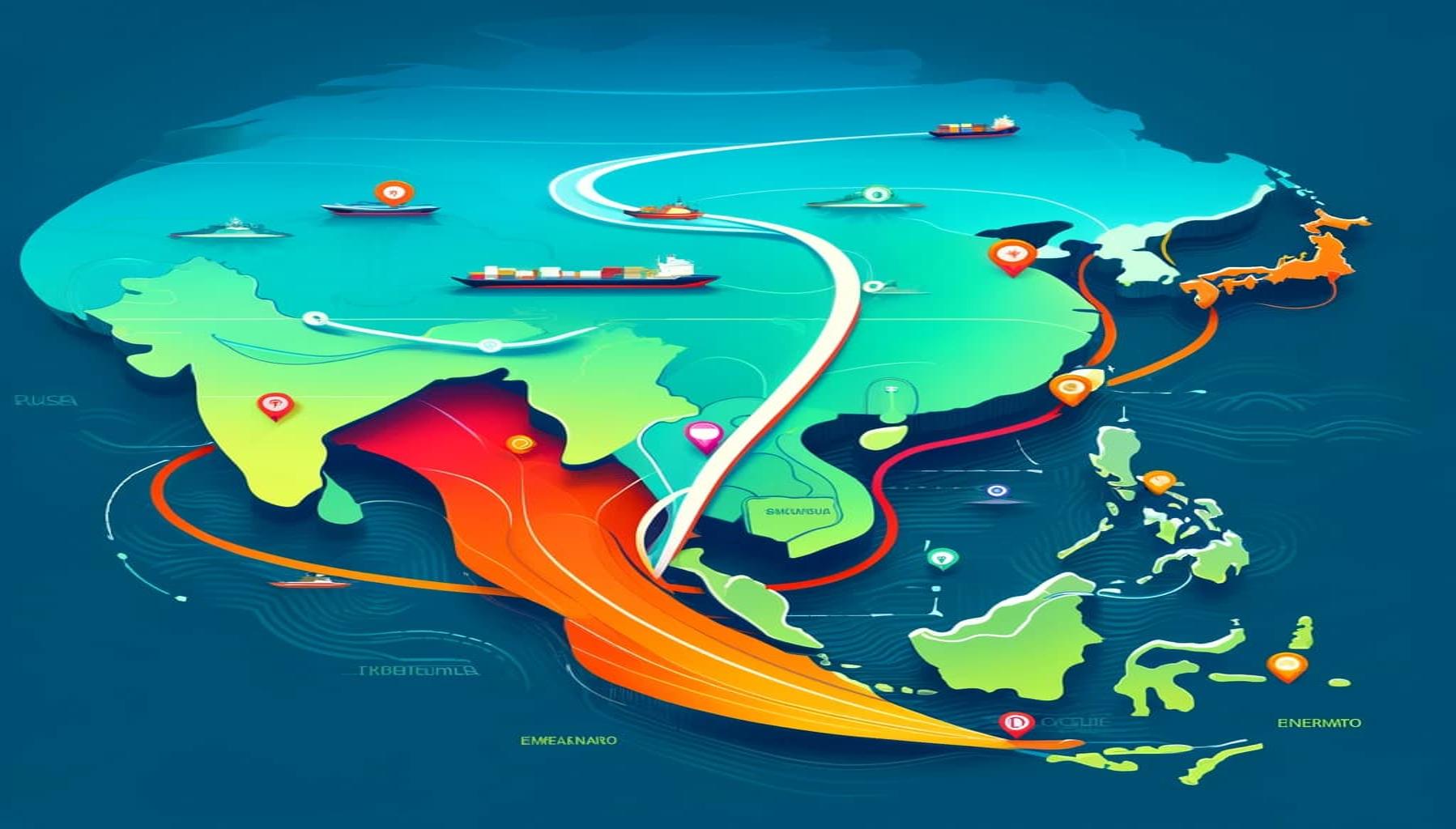
The main benefits of shipping alliances
It stands to reason that an alliance should benefit both its members and its clients. Here is a run down of those benefits.
1. Cost savings and operational efficiency
One of the main drivers behind shipping alliances is cost reduction. By sharing vessels and route coverage, carriers can maximize the utilization of their fleets, minimizing the number of empty containers and reducing overall operational costs.
Additionally, alliances allow members to leverage economies of scale, leading to lower fuel consumption per container transported and reducing overall shipping expenses. These efficiencies can translate to lower shipping rates for customers.
2. Expanded global reach
Shipping alliances provide carriers with access to a broader range of ports and trade routes than they would be able to serve individually. This expanded coverage benefits shippers and businesses looking for efficient supply chain solutions, ensuring that goods can be transported seamlessly across various regions.
3. Enhanced service reliability
Through coordinated scheduling and shared vessel networks, shipping alliances enhance service reliability. In the absence of alliances, individual carriers may struggle with unpredictable schedules and delays. However, by working together, alliance members can maintain consistent sailing schedules, improve transit times, and reduce the risk of disruptions.
4. Environmental benefits
With growing concerns over sustainability and carbon emissions, shipping alliances contribute to a greener maritime industry. By optimizing routes and consolidating cargo, alliances help reduce fuel consumption and lower the carbon footprint of international trade. Some alliance members are also investing in greener vessels and alternative fuel sources to meet stricter environmental regulations.
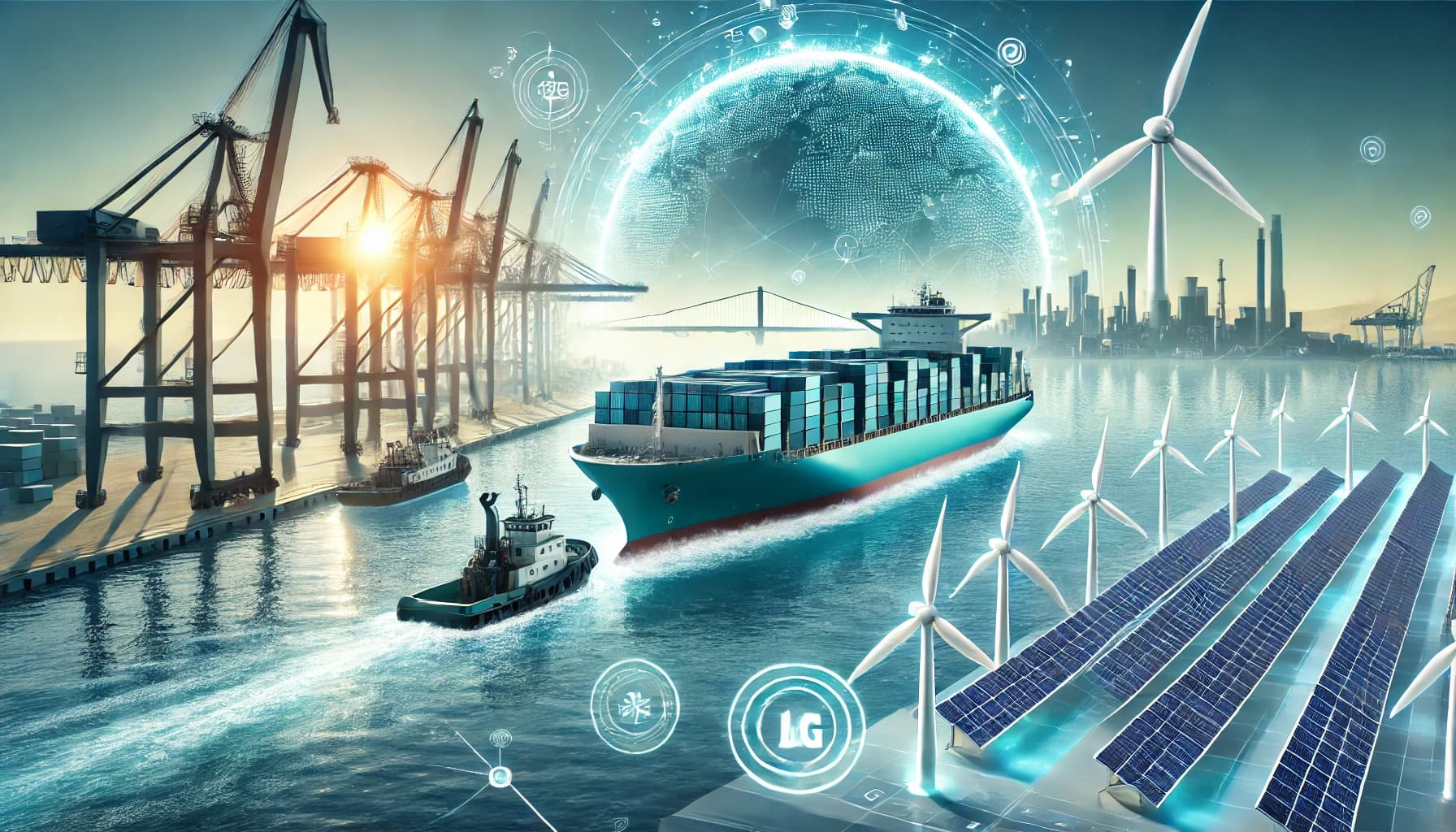
Read more: 6 Ways to Be a Greener Shipping Company or Manning Agency
5. Risk mitigation and flexibility
Shipping alliances provide greater flexibility in response to market fluctuations, geopolitical tensions, and economic downturns. If one carrier faces operational issues, such as equipment shortages or disruptions due to port congestion, other alliance members can adjust their schedules and resources to mitigate the impact on customers.
Who benefits from shipping alliances?
A variety of stakeholders depend on shipping alliances to meet their global trade and logistics needs. Typical customers include:
1. Global retailers and manufacturers
Large multinational corporations such as Amazon, Walmart, and Apple require reliable shipping services to move goods across continents. Shipping alliances enable these businesses to maintain efficient supply chains, ensuring that products reach markets on time.
2. Freight forwarders and logistics providers
Third-party logistics companies and freight forwarders rely on shipping alliances to coordinate shipments for their clients. By leveraging the extensive networks of alliances, they can offer more competitive rates and faster transit times.
3. Small and medium enterprises (SMEs)
SMEs that engage in international trade benefit from the cost efficiencies and extensive route coverage offered by alliances. With improved access to global markets, smaller businesses can compete on a larger scale without incurring excessive shipping costs.
Read more:How is eCommerce Changing the Future of Maritime Transport?
4. Government and humanitarian organizations
Governments and NGOs involved in disaster relief and international aid distribution often utilize shipping alliances to transport essential goods efficiently. The reliability and global reach of alliances ensure that critical supplies reach affected regions promptly.
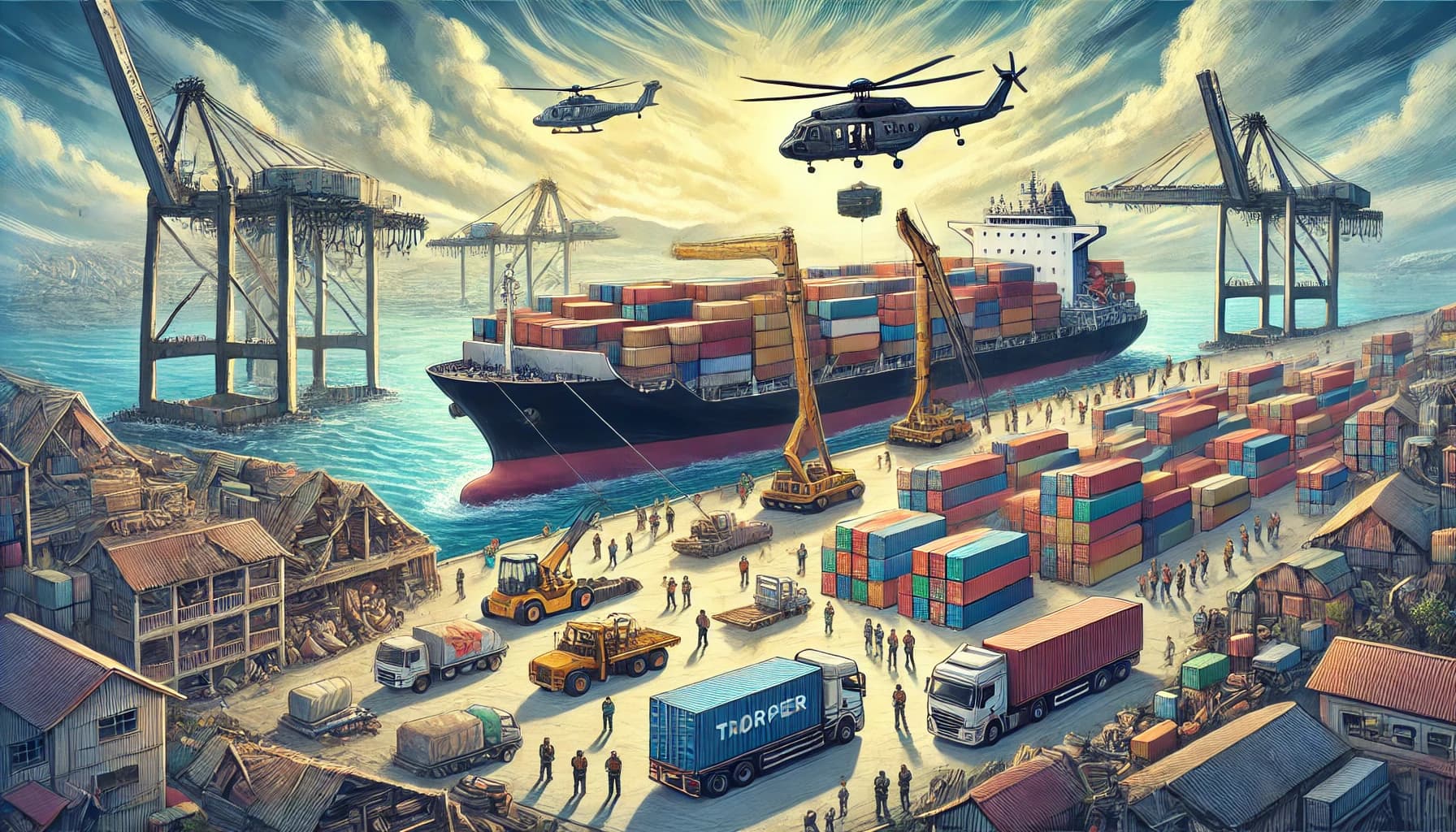
Challenges and criticism of shipping alliances
While shipping alliances provide numerous benefits, they are not without challenges and criticisms. Some of the key concerns include:
- Market consolidation – The dominance of a few major alliances has led to reduced competition in the industry, raising concerns about potential price manipulation and lack of alternatives for shippers.
- Operational complexities – Coordinating schedules, managing vessel-sharing agreements, and handling diverse regulatory requirements can create logistical challenges for alliance members.
- Service disruptions – Dependence on alliance operations means that disruptions, such as labor strikes or port congestion, can have a widespread impact on multiple carriers and their customers.
The future of shipping alliances
The maritime industry is evolving with technological advancements and regulatory changes. Future trends in shipping alliances may include:
- Greater digitalization – Increased use of AI, blockchain, and automation to optimize operations and enhance supply chain transparency.
- Sustainability initiatives – Investments in eco-friendly shipping technologies, alternative fuels, and stricter emissions regulations.
- Flexible partnerships – The potential shift toward more dynamic and flexible partnerships rather than long-term fixed alliances to adapt to changing market conditions.
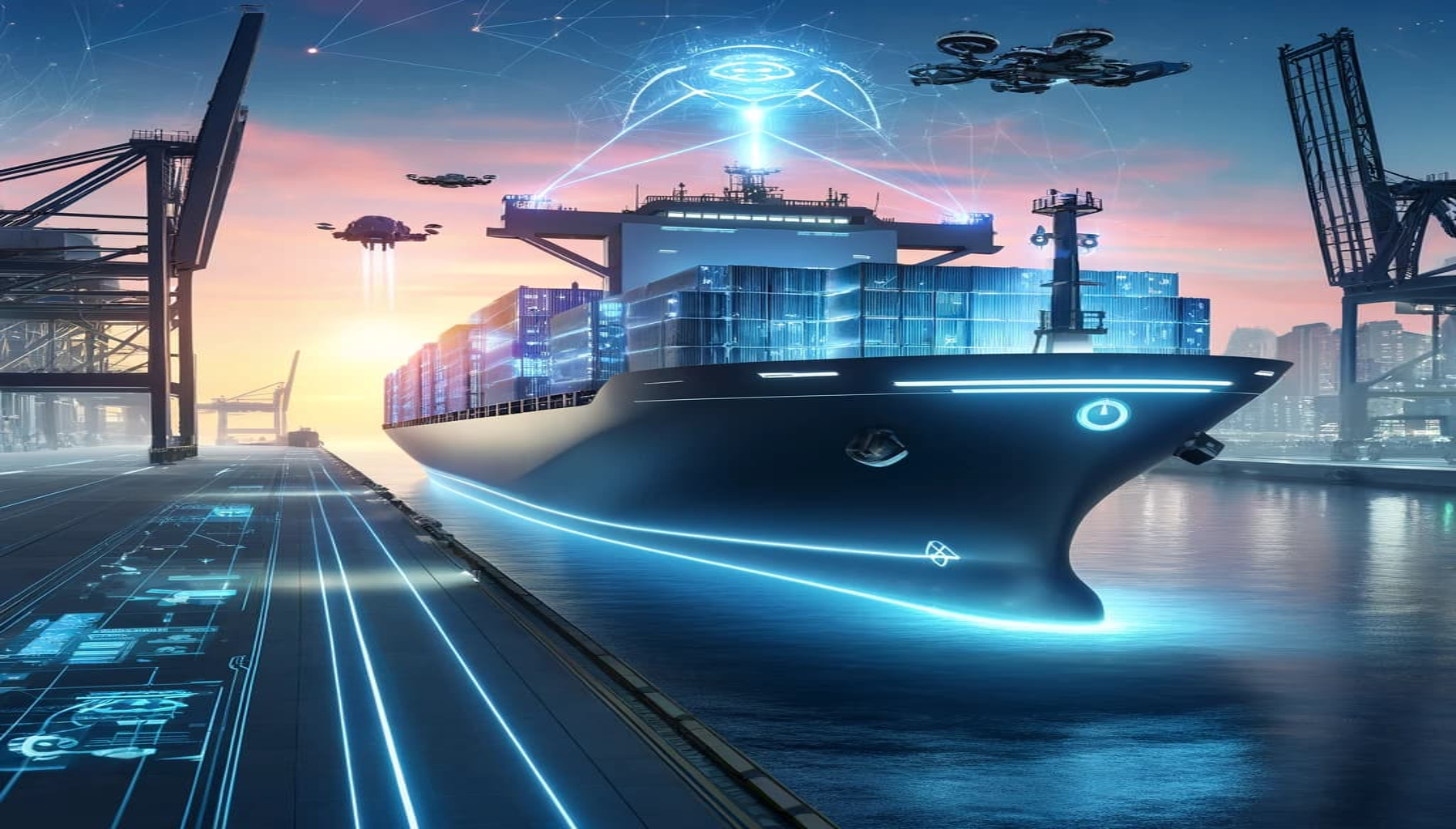
Read more:Smart Shipping, Artificial Intelligence & the Maritime Industry
Major shipping alliances in 2025
As of 2025, the maritime industry has seen significant restructuring in alliance formations, leading to the formation of new alliances and the dissolution of existing ones. As of the time of writing, the three major shipping alliances currently in operation are:
- Ocean Alliance – Comprising CMA CGM, COSCO Shipping Lines, Evergreen, and OOCL, this alliance has been extended until 2032.
- Premier Alliance – Formed by Ocean Network Express (ONE), HMM, and Yang Ming, with a focus on Trans-Pacific, Asia-Europe, and Asia-Middle East routes.
- Gemini Cooperation – A new partnership between Maersk and Hapag-Lloyd, launched in January 2025, designed to optimize major global trade lanes.
These alliances continue to shape the competitive landscape of the maritime industry, allowing their members to enhance efficiency and service quality.
Let’s break it down:
| Ocean Alliance | Premier Alliance | Gemini Corporation | |
| Members | CMA-CGM, COSCO, Evergreen, OOCL | ONE, HMM, Yang Ming | Maersk, Hapag-Lloyd |
| Established | 2017 | February 2025 | January 2025 |
| Coverage | Asia-Europe, Asia-North America, Trans-Pacific | Asia-Europe, Trans-Pacific, Asia-Middle East | Asia-Europe, Trans-Pacific, Trans-Atlantic |
| Strategic Goals | To optimize operations in major east-west trade lanes, focusing sustainable shipping practices, and improving service efficiency | Formed to optimize capacity and reduce operating costs in key trade routes, with a focus on developing Asia-Pacific and Middle East Lanes | Designed to optimize major trade routes globally, reducing overcapacity while expanding service frequency. Both companies are pursuing decarbonization initiatives |
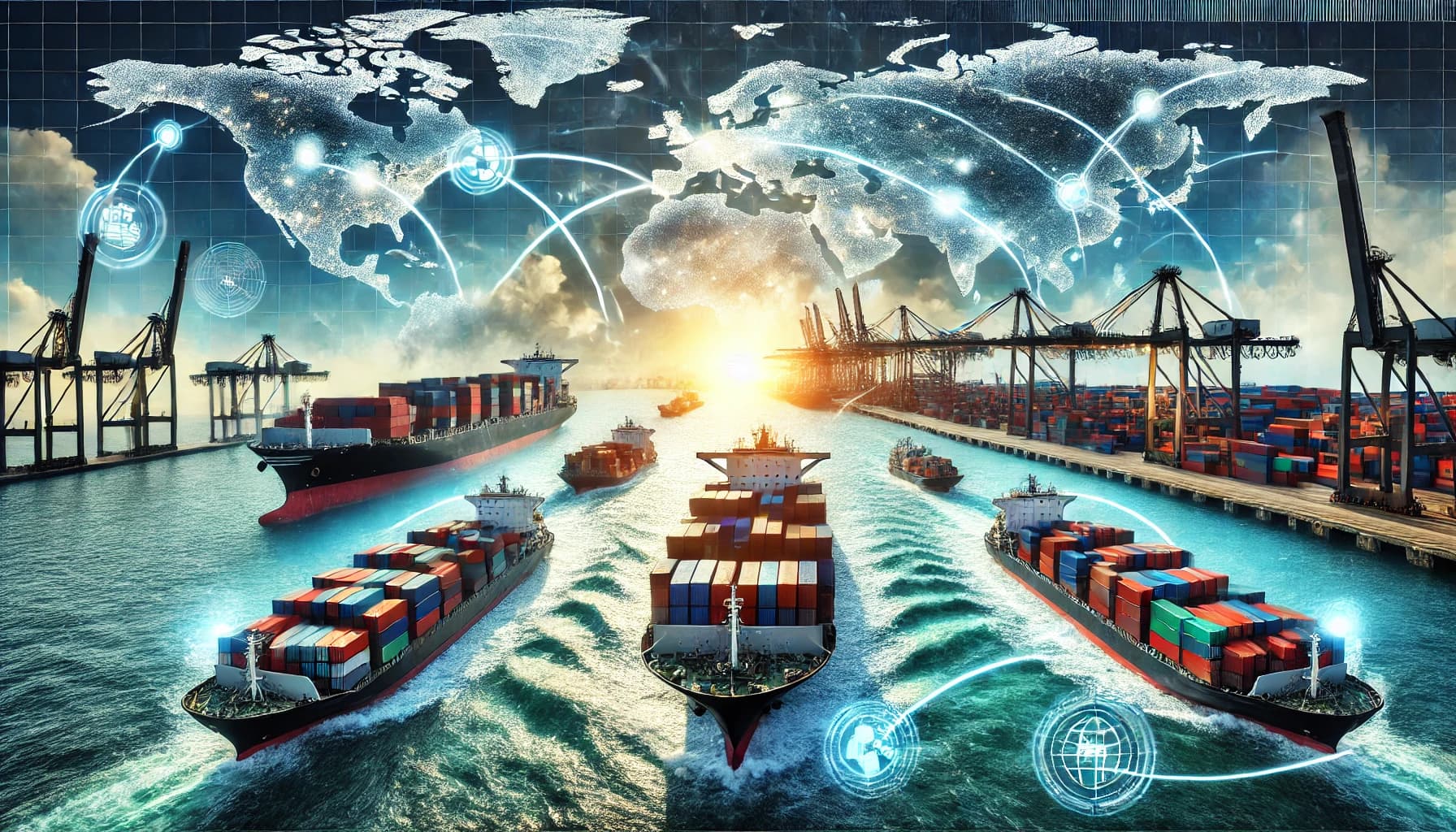
These alliances aim to enhance service efficiency, expand network coverage, and achieve economies of scale in the competitive maritime shipping industry.
Shipping alliances: final thoughts
Shipping alliances are a vital component of the modern maritime industry, offering cost efficiencies, expanded reach, and improved service reliability. While they come with challenges, their benefits outweigh the drawbacks for most global shippers, retailers, and logistics providers.
As the industry continues to adapt to new technologies and sustainability initiatives, the role of shipping alliances will remain crucial in shaping the future of global trade.
For businesses looking to optimize their shipping strategies, understanding how these alliances operate can provide valuable insights into securing cost-effective and reliable transportation solutions in an increasingly interconnected world.

Eve Church
Eve is Martide's content writer, publishing regular posts on everything from our maritime recruitment and crew planning software to life at sea. Eve has been writing professionally for more than two decades, crafting everything from SEO-focused blog posts and website landing pages to magazine articles and corporate whitepapers.
UK
